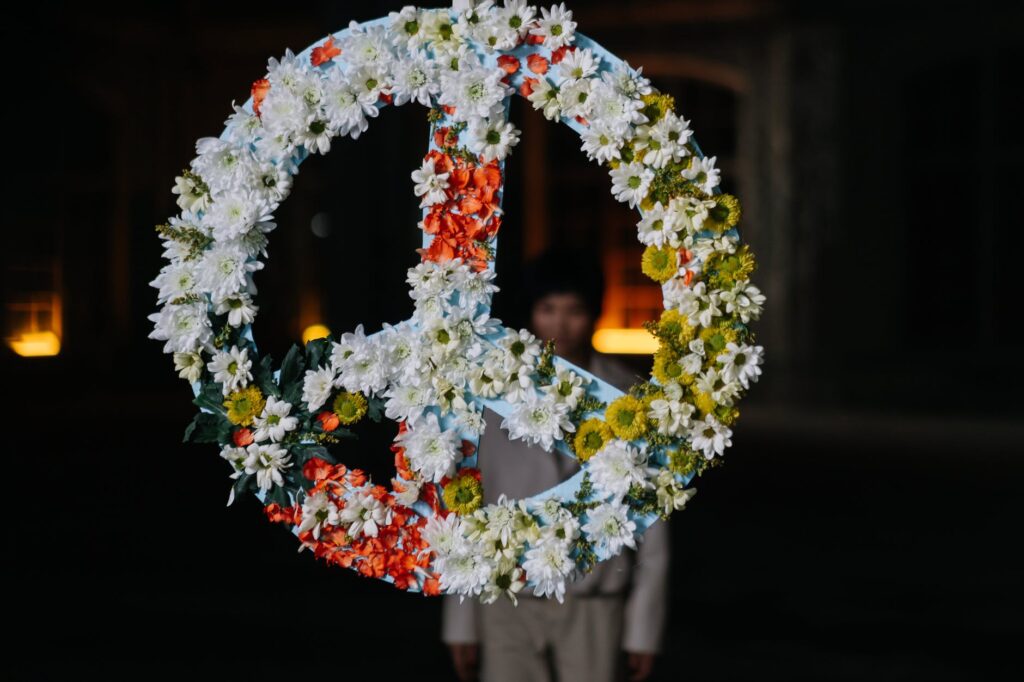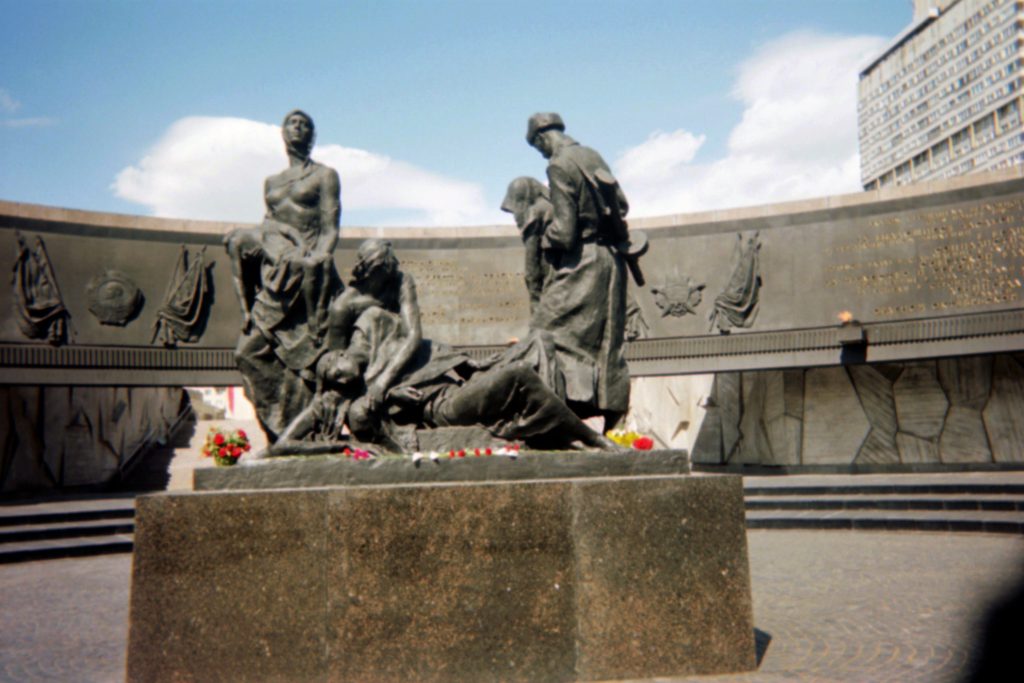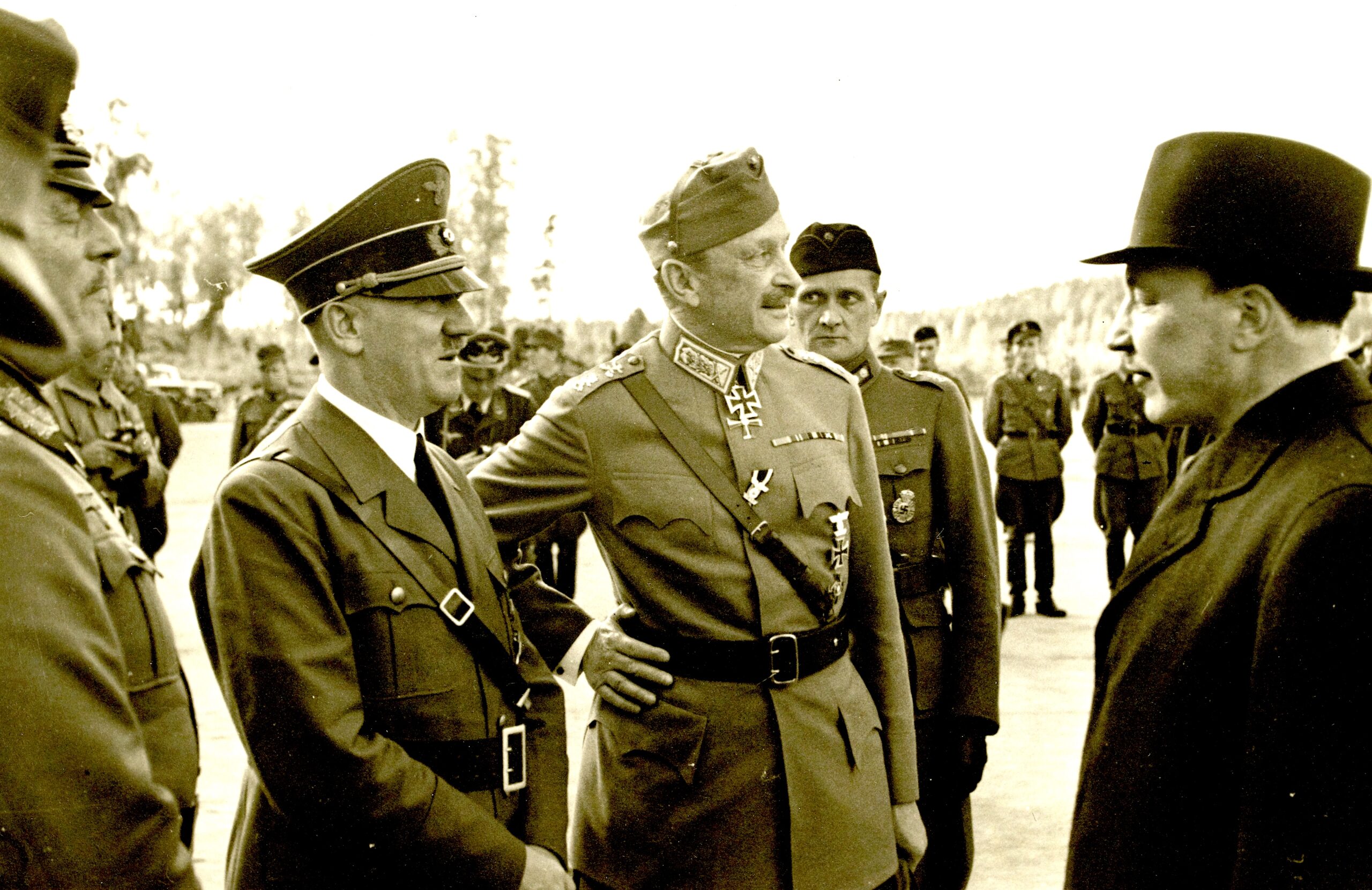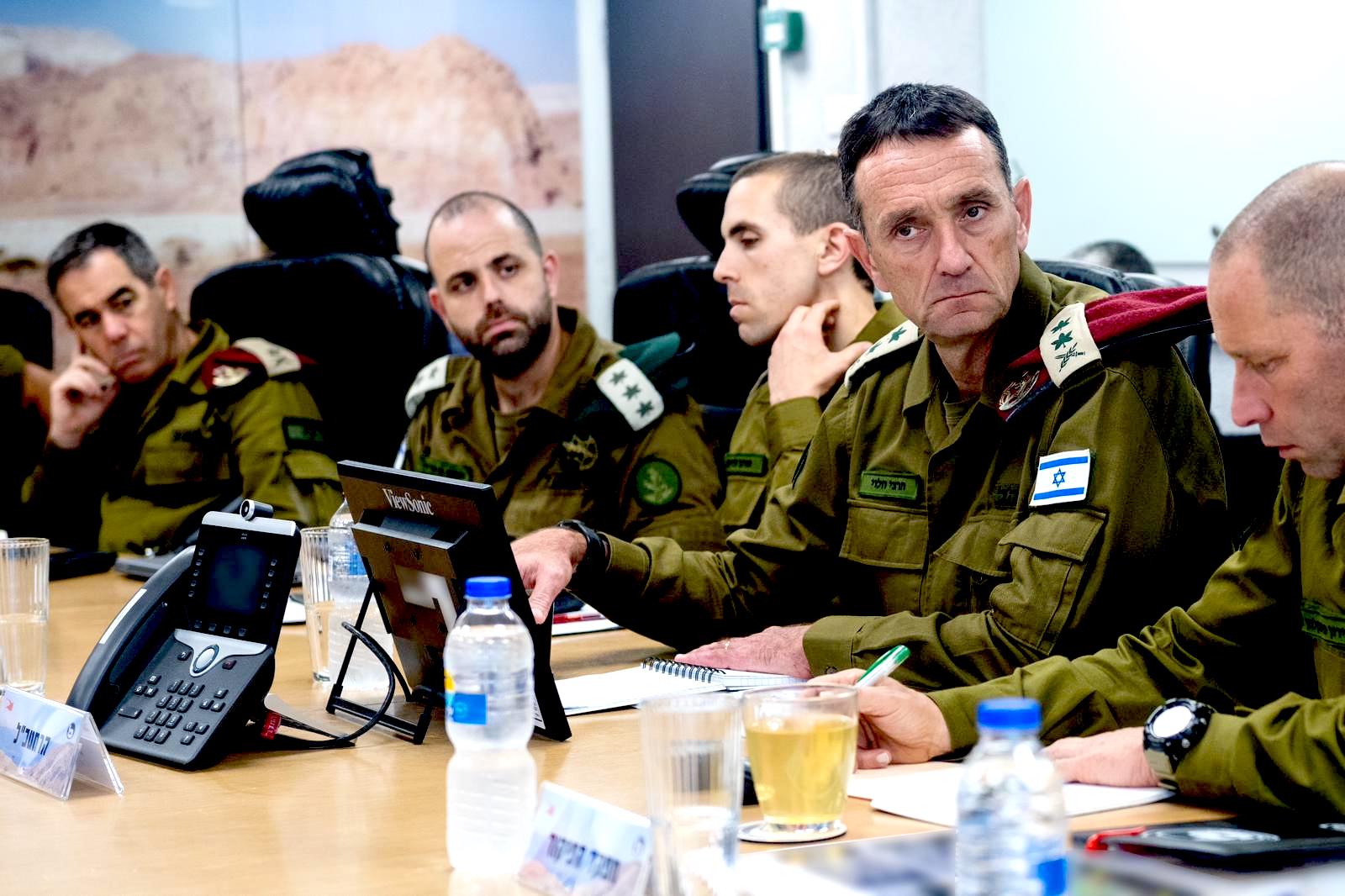By VERONIKA MELKOZEROVA, Politico, 1/11/24
KYIV — Ukraine’s parliament on Thursday withdrew a mobilization bill that would supply more troops to the front, but which has come under ferocious attack for flaws in how it was drafted.
“Nothing will happen under the law on mobilization. Neither today nor tomorrow. Nor in the near future,” Ukrainian lawmaker Yaroslav Zhelezniak of the pro-European opposition Voice party said on Telegram.
Defense Minister Rustem Umerov said the bill will be revamped and submitted for government approval in the near future.
“This law is necessary for the defense of our state and every soldier who is currently at the front. It needs to be approved as soon as possible,” he said in a Facebook post.
The bill — presented to parliament over Christmas — generated enormous controversy with its aims of cutting the draft age from 27 to 25, of limiting deferrals for men with slight disabilities, and of increasing penalties for draft-dodgers. But some parliamentarians claimed it wasn’t clearly formulated and included human rights violations.
The purpose of the bill is to send more soldiers to battle; the military has said it needs an additional half-million men this year. The extra troops would allow exhausted frontline soldiers who have been fighting for almost two years to rotate home, while also holding the line against the 617,000 Russians fighting in Ukraine. The latter figure was given by Russian President Vladimir Putin, who is increasing the ranks of the Russian military by nearly 170,000 to a whopping 1.3 million.
Ukraine’s army now has some 850,000 troops, according to the country’s State Military Media Center and the Global Firepower Index.
The mobilization plan, however, is politically toxic.
In the early weeks of the war in February 2022, Ukrainians lined up at draft centers to join the army, while across Europe Ukrainian truck drivers, builders and waiters left their jobs to return home and fight.
But after months of bloody stalemate that continued to cost thousands of lives, that early enthusiasm has evaporated. Meanwhile, military corruption scandals and a sense of exhaustion both at home and among Ukraine’s allies have made joining up far less appealing.
The mobilization bill has been sent back to be reworked, with Human Rights Ombudsman Dmytro Lubinets saying some provisions could violate the constitution, and Anastasia Radina, head of the parliamentary anti-corruption committee, predicting it could increase the risk of corruption.
“We can already say that there will be changes to the bill. There will be no mobilization of disabled people, no possibility for local authorities’ discretion on mobilization issues, and also no significant limitations of human rights,” Fedir Venislavsky, an MP and member of the parliament’s defense committee, told POLITICO.
Balancing act
The enormous strain the war has placed on Ukraine has been reflected in the conflict over the mobilization bill.
Over a fifth of Ukraine’s GDP — or about $46 billion out of an economy of $214 billion — is going toward the war effort, with about half used to pay troops and a quarter feeding the military industrial complex. Simply put, Ukraine’s entire government budget is being spent on the war, with billions in aid from the EU and the U.S. helping fund the rest of the economy.
But that aid is increasingly in question — stuck in Washington thanks to resistance from the Republican Party, and blocked in Brussels by Hungary. That has forced Kyiv to balance between finding enough new soldiers to continue to prosecute the war while also ensuring enough taxpayers and workers remain to keep the economy and war industries afloat.
“The mobilization of an additional 450,000 to 500,000 people will cost Ukraine 500 billion hryvnia (€12 billion) and I would like to know where the money will come from,” President Volodymyr Zelenskyy said in December. “Considering that it takes six Ukrainian working civilians paying taxes to pay the salary of one soldier, I would need to get 3 million more working people somewhere to be able to pay for the additional troops.”
Speaking in Estonia on Thursday, Zelenskyy said: “If you are in Ukraine and you are not at the front, but you work and pay taxes, you also defend the state. And this is very necessary.” He added that Ukrainians who have fled the country and are neither fighting nor paying taxes face an ethical dilemma.
“If we want to save Ukraine, if we want to save Europe, then all of us must understand: Either we help Ukraine or we don’t. Either we are citizens who are at the front, or we are citizens who work and pay taxes,” he said.
Pavlo Kazarin, a Ukrainian journalist and soldier, broke the calculation down in a Facebook post.
“In order to wage war, a country needs money — it is what keeps the economy afloat. It needs weapons — without weapons it is impossible to talk about resistance. Also, we need soldiers. And if the first two resources can be provided to us by our allies, people capable of defending the country live in Ukraine,” he said.
Political danger
Ukrainian political analyst Volodymyr Fesenko said the mobilization bill is very unpopular, so politicians are afraid to take ownership; even Zelenskyy prefers the legislation be proposed by the government rather than championing it himself. At the same time, it is broadly recognized that the mobilization process must improve and that the military’s needs must be met.
“The draft law on mobilization needs significant refinement and the search for an optimal balance of interests between the provision of military needs and the financial and economic capabilities and needs of the state; between the front and the rear; between the needs of the military and public sentiment,” Fesenko posted on Facebook.
A key concern is that pulling men from offices and factories and putting them in uniform will tank the economy, but that may be overblown, said Kazarin, the Ukrainian soldier.
“They forget only that in case of successful mobilization, all those hands that have been holding weapons for the past few years will be released from duty in a year,” he said. “Many of those who serve in the army today were quite successful businessmen, specialists, and IT professionals before the war. They held the front for two years, leaving the rear to you. And now it’s your turn.”
***
Russia Matters
January 11, 2024
Population Numbers Allow Ukrainian Military to Call Up 500,000, But Can It Afford to Keep Them?
By Simon Saradzhyan
Since December, my colleagues at Russia Matters and I have been monitoring1 how Ukraine’s President Volodymyr Zelenskyy and its commander-in-chief Valerii Zaluzhnyi have sparred over who should assume prime responsibility for the plan to conscript up to 500,000 Ukrainians. As we watched the two employ what Sun Tzu would have described as “indirect methods” to avoid becoming the person publicly associated with the unpopular plan, we could not help wondering whether the Ukrainian authorities actually have the capacity to add (and keep) half a million to the fighting force, if the government and parliament eventually agree on a bill that would authorize such an addition.2 Here’s what I have found out in my effort to answer that question.
Ukraine’s Conscription Pool Is Deep Enough, but Russia’s Pool Is Deeper
Ukraine’s demographic resources do allow for recruiting 500,000 males3 to the fighting units of its armed forces. Ukraine had 9,307,315 men aged 25-59 in 2022, according to the World Bank’s latest data.4 However, Russia had 34,619,913 men aged 25-59 that year, according to one of the bank’s databases. Thus, if one doesn’t account for factors such as the number of Ukrainians and Russians who (a) were already serving in their countries’ armed forces; (b) had been killed or seriously injured in fighting since WB’s estimate; (c) were dodging the draft and/or had fled their countries;5 and (d) were unfit for service or eligible for other exemptions, then Russia in theory had 3.7 times more males in the 25-59 age cohort that it could draft than Ukraine could (so more than the 3:1 ratio generally required for offensives, ceteres parabuis). If one narrows the age range to 25-49, then one finds that Russia had 26,366,551 such males in 2022, while Ukraine had 6,846,754. (So, again, Russia had more than the 3:1 ratio generally required for offensives.)
If Ukraine Can Afford Maintaining the Additional Troops in Its Fighting Force Is an Open Question
Mobilized conscripts in Ukraine are to be paid 6,000 hryvnia ($157) per month in 2024. If they are deployed in the combat zone, but are not engaged in actual fighting, then they are to be paid 30,000 hryvnia ($784) a month. If they are involved in combat on the actual frontline, then they are to be paid 100,000 hryvnia ($2,616) a month, according to Ukrainian media. Thus, if all 500,000 additional conscripts are actually sent to fight, then Ukraine will have to spend $15.7 billion on salaries alone every year (unless casualties are not replaced). One also needs to keep in mind that Ukraine will also have to spend sizeable sums to train, equip and feed each of the conscripts once they have reported for duty, as well as provide treatment to those injured and compensation to families of those that are killed. Thus, Zelenskyy’s recent estimate that a mobilization of 500,000 could cost $13 billion is not unreasonable.6 In my view, a country counting on the West to plug this year’s projected budget deficit of $43 billion and which has a defense budget of $46 billion can hardly afford such a sum, unless its foreign donors decide to re-boost aid to Kyiv, perhaps, beyond 2023 levels, which is doubtful.7
Quality of Fighters Matters More Than Quantity
Obviously, a sheer correlation of personnel strengths of each side’s forces cannot serve as a reliable sole predictor of whether either side might prevail, whether they have been reinforced through additional mobilization or not. How well the newly conscripted soldiers are trained, armed and commanded matters as much, if not more. Their motivation matters a great deal as well, of course (although, past predictions that the Russian campaign in Ukraine will crumble due to the low morale of its fighting forces have not materialized, even if claims of demoralization in the Russian armed forces persist).8 The would-be Ukrainian recruits should be, at least in theory, more motivated than their Russian counterparts, given that the former defend their homeland, while the latter know they are fighting for the territory of another state, even if the Kremlin tells them this territory is all historic Russian land.




